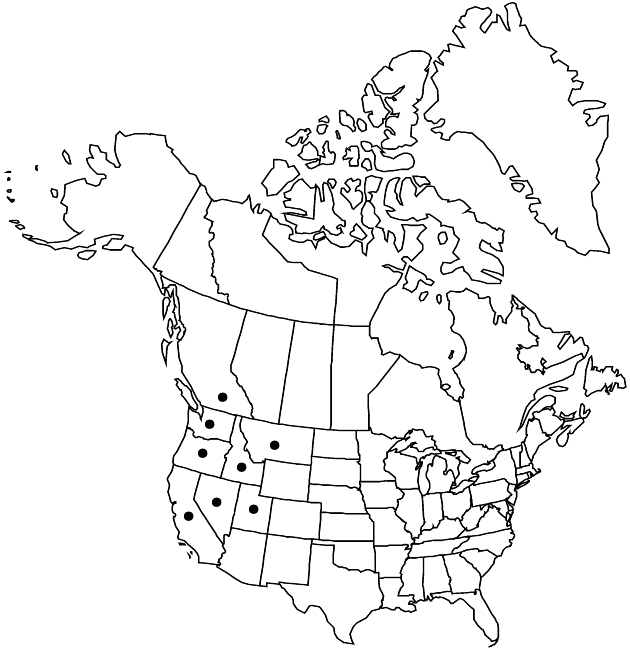Difference between revisions of "Agoseris grandiflora"
Pittonia 2: 178. 1891.
RevisionBot (talk | contribs) m (Bot: Adding category Revision Pending) |
imported>Volume Importer |
||
| Line 65: | Line 65: | ||
|publication year=1891 | |publication year=1891 | ||
|special status=Endemic | |special status=Endemic | ||
| − | |source xml=https:// | + | |source xml=https://bitbucket.org/aafc-mbb/fna-data-curation/src/2e0870ddd59836b60bcf96646a41e87ea5a5943a/coarse_grained_fna_xml/V19-20-21/V19_502.xml |
|tribe=Asteraceae tribe Cichorieae | |tribe=Asteraceae tribe Cichorieae | ||
|genus=Agoseris | |genus=Agoseris | ||
| Line 71: | Line 71: | ||
}}<!-- | }}<!-- | ||
| − | --> | + | -->[[Category:Treatment]][[Category:Agoseris]] |
| − | |||
| − | [[Category:Treatment]] | ||
| − | [[Category:Agoseris | ||
| − | |||
Revision as of 19:52, 5 November 2020
Stems usually 0, rarely weakly developed. Leaves erect to ascending; petioles often purplish, margins ciliate to tomentose; blades usually linear to oblanceolate, rarely spatulate, 10–40(–50) cm, margins usually dentate to lobed, or laciniately pinnatifid, rarely subentire, lobes 3–5 pairs, opposite to irregular, linear to lanceolate, usually antrorse, sometimes spreading; lobules often present, faces ± villous to canescent. Peduncles elongating after flowering, (15–)25–60(–96) cm in fruit, ± glabrate, or apically villous to tomentose, eglandular, sometimes bracteate. Involucres campanulate to hemispheric, 2–5 cm in fruit. Phyllaries in 4–5 series, green or medially rosy purple and/or spotted, subequal to unequal, margins occasionally dentate, ciliate or lanate, sometimes glabrous, faces glabrous or hairy, eglandular; outer subequal to or surpassing inner at flowering, spreading, adaxially tomentose; inner erect, greatly elongating after flowering. Receptacles epaleate. Florets 40–500; corollas yellow, tubes 4–7(–10) mm, ligules 3–7 × ca. 1 mm; anthers 1–3 mm. Cypselae 9–28 mm, bodies fusiform, 3–7 mm, beaks 9–21 mm, lengths mostly 3–4 times bodies; ribs ridged to subalate, rarely nerviform, straight, ± glabrous; pappus bristles in 2–3 series, 7–15 mm. 2n = 18.
Distribution

B.C., Calif., Idaho, Mont., Nev., Oreg., Utah, Wash.
Discussion
Varieties 2 (2 in the flora).
Selected References
None.
Key
| 1 | Leaves: margins dentate to lobed or pinnatifid, mostly 10–35 mm wide (excluding lobes), lobes ± lanceolate; florets (100–)150–300(–500+); outer phyllaries often medially rosy purple, not spotted, often longer than inner at flowering | Agoseris grandiflora var. grandiflora |
| 1 | Leaves: margins laciniately to finely pinnatifid, mostly 2–4(–8) mm wide (excluding lobes), lobes filiform to linear; florets 40–60+; outer phyllaries often medially rosy purple and spotted, mostly subequal to inner at flowering | Agoseris grandiflora var. leptophylla |